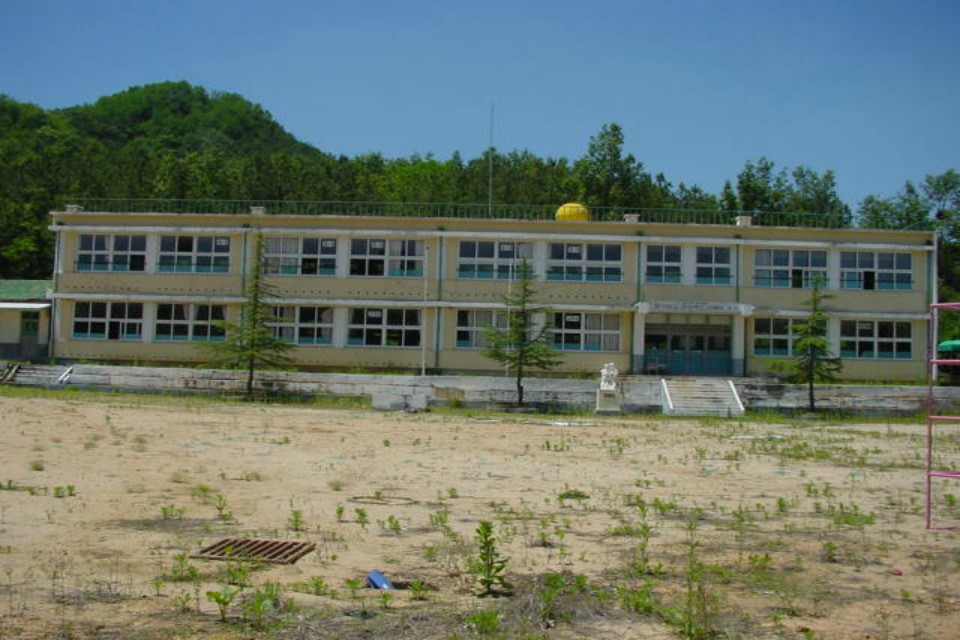Perched in the highlands of Gangwon Province, Hwacheon is a rural county within reach of the armistice line between South and North Korea. Some parts are as close as nine kilometers from the demilitarized zone; unit after unit of troops stands in the county’s silent mountain ranges, in areas restricted to civilians for security purposes.


